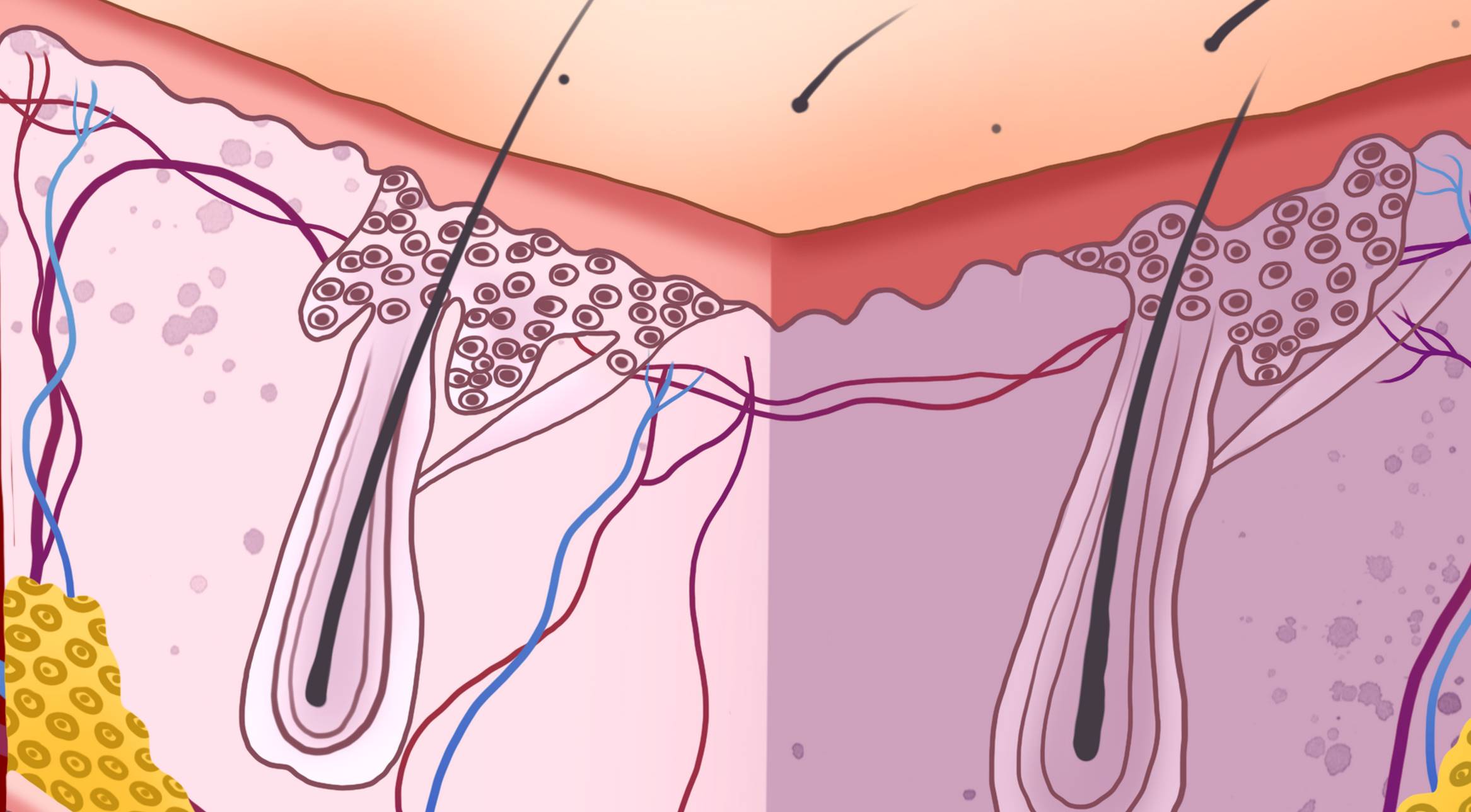Our Dermatology Online, e-ISSN: 2956-7904 (previous 2081-9390)
 MEiN
20
|
 INDEX COPERNICUS
100.00 |
 |
CiteScore 2022 3,5 |
Citations 2019-22 2065 |
Journal Citation indicator JCI 2022 4,7 |
| Most cited: | ||
| Citations per year | ||
| Antifungal drugs and resistance: Current concepts Pramod Kumar Nigam Our Dermatol Online. 2015;6(2):212-221 Views and downloads: 894 Citations: 67 |
Pustular psoriasis responding to Probiotics – a new insight Metikurke Vijayashankar, et al Our Dermatol Online. 2012;3(4):326-328 Views and downloads: 1,508 Citations: 70 |
A clinical study of geriatric dermatoses Leena Raveendra Our Dermatol Online. 2014; 5(3): 235-239 Views and downloads: 507 Citations: 58 |
| Most read: | ||
| Videodermatoscopy of pearly penile papules. Case reports Hristo Petrov Dobrev, et al. Our Dermatol Online 2015;6(1):29-31 Views and downloads: 42,528 Citations: 2 |
Expecting the most unexpected – a harlequin baby! A case… Sundaramoorthy M. Srinivasan. Our Dermatol Online. 2012;3(4):321-325 Views and downloads: 27,491 Citations: 10 |
A tricky man issue: Angiokeratomas of scroti Yugandar Inakanti. et al. Our Dermatol Online. 2015;6(2):179-182 Views and downloads: 20,829 Citations: 1 |
Current Selected Articles
 |
Original Article
Cutaneous leishmaniasis: The frequency according to geographical distribution in Al-Ramadi, Iraq Abdullah Mancy, Khalid Mohammed Awad, Zainab Hafedh Conclusion: CL is an endemic disease in Al-Ramadi and represents a public health problem. A high rate of infection was recorded alongside the Euphrates River, especially the rural district, while it was low in the urban side of the city. Any parts of the city may be affected, yet Albu-Ali Jassim, Al-Tamim, Al-Sufia, and Al-Thalia were the most frequently involved regions of the city. |
 |
Original Article
Yamoussa Karabinta, Tenin Karambé, Ibrahim Traoré, Mariam Konaté, Adama Dicko, Mamadou Gassama, Chata Traoré, Ousmane Sylla, Sanata Coulibaly, Chata Koné, Labassou Dissa, Ousmane Faye, Somita Kéita Conclusion: At the end of our case study, it was clear that patient neglect or ignorance and the inadequacy of healthcare services were factors that had led the initial lesions to evolve into chronicity. Any ulceration of the lower limbs should be taken seriously by patients, healthcare professionals, and health authorities. Furthermore, chronic leg ulcers should receive early intervention to prevent dramatic complications. |
 |
Original Article
DRESS syndrome and liver involvement: A study of 72 patients Ghita Sqalli Houssini, Zakia Douhi, Meryem Soughi, Sara Elloudi, Hanane Baybay, Badreddine Moukafih, Marwa Elbaldi, Karima Elrhazi, Fatima Zahra Mernissi Conclusion: Hepatic involvement is common in DRESS syndrome, predominantly manifesting as cytolytic or cholestatic patterns. Maculopapular rash and erythroderma are the most commonly observed cutaneous phenotypes. These patients are more likely to have associated renal involvement and eosinophilia. Allopurinol, neuroleptics, and Salazopyrin are the most frequently implicated drugs. |
 |
Original Article
Dermoscopy of vulvar pigmented lesions: A series of 59 cases Kalmi Noura, Hanane Baybay, Choukri Souad, Zakia Douhi, Sara Elloudi, Soughi Meryem, Fatima Zahra Mernissi Conclusion: Good clinico-dermoscopic correlation should guide the diagnosis and management of pigmented vulvar lesions. Dermoscopy may be helpful in distinguishing between a benign lesion and a malignant lesion, yet in cases of doubt, a biopsy may be necessary. |
 |
Case Report
Cutaneous leishmaniasis in Senegal: When the practitioner is disarmed Saër Diadie, Isaac A. Manga, Mamadou Sarr, Elaji Balde, Baba Diop, Patrice Mendy, Suzanne O. Niang Conclusion: Cutaneous leishmaniasis causes a problem of management in Senegal. Herein, we report a case illustrating this problem. A 55-year-old patient from Dahra Djoloff (260 km north of Dakar) developed diffuse cutaneous leishmaniasis due to Leishmania major. The management was hampered by the unavailability of Glucantime in the country. Despite the endemicity of leishmaniasis and the existence of NTD control programs, Glucantime remains inaccessible in Senegal. Leishmaniasis control policies should focus on the problems of the patient, particularly the accessibility of glucantime. |
 |
Case Report
A peculiar in situ case of cutaneous leukocytoclastic vasculitis induced by urinary infection Ana Maria Abreu Velez, Bruce R. Smoller, Michael S. Howard Conclusion: Cutaneous leukocytoclastic vasculitis (LCV) is a disease thought to be related to the presence of immune complex deposition within small blood vessel walls. A 58-year-old female presented with purpuric papules on both legs, occurring concurrent with urinary symptoms. Histologically, an intraepidermal blister with luminal fragmented neutrophils was present. A dermal infiltrate was observed surrounding blood vessels; mild perivascular leukocytoclastic debris favored a diagnosis of LCV. Both direct immunofluorescence and immunohistochemistry staining also favored a diagnosis of LCV. Reactivity of the involved vessels was observed to multiple antibodies and complement, with overexpression of von Willebrand factor, CD15, and CD45. The ribosomal protein Phospho-S6 was also detected within the involved vessels, and on the blister roof and floor. The clinical triggering factor was a urinary infection that had progressed to urosepsis; the symptoms were effectively treated. We present an unusual case, where multiple immune reactions correlate with clinical and histologic changes characteristic of LCV. |
 |
Coumba Ndiaye, Boubacar Ahy Diatta, Maodo Ndiaye, Khadim Diop, Suzanne Oumou Niang Conclusion: Infectious dermatoses play an important role in dermatological consultations, with a predominance of mycotic dermatoses. The factors associated with their occurrence are varied. |
 |
Mohammed Shanshal, Nihull Jakharia-shah Conclusion: A 42-year-old woman presented with scar-like hyperpigmentation on the lower right abdominal quadrant. The lesion had been asymptomatic and had been present since early childhood following a varicella infection at the age of six. The patient initially believed the lesion to be a chickenpox scar and was reassured by her GP. The patient’s medical history included depression and fibromyalgia. |
Explore more articles: Current Issue
The journal is funded by publisher by „Our Dermatology Online”
![]() This work is licensed under a Creative Commons Attribution 3.0 License
This work is licensed under a Creative Commons Attribution 3.0 License
This internet health service provides full security of data on individual patients and other persons that benefit from it, including their personal data.
















Comments are closed.